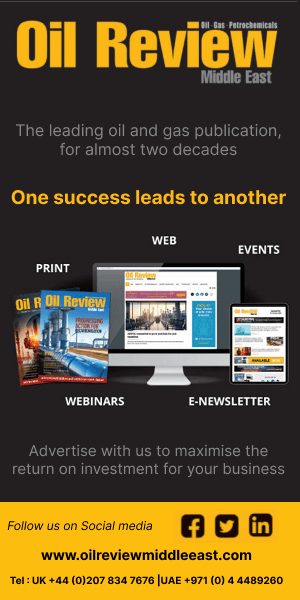When it comes to personal protective equipment (PPE), hard hats are sometimes seen as a box ticking exercise
However, it is important to provide workers with appropriate PPE for their specific requirements. Effectively reviewing what additional helmet enhancements would help to protect workers and improve their productivity could seriously up your PPE compliance on a day-to-day basis.
There are a lot of hard hat variances and configurations, and selecting the appropriate helmet is just the beginning when it comes to head protection. There are a wide range of accessories and branding options available, which allows a hard hat to be adapted to enhance functionality for a range of different scenarios. MSA Safety suggests a three-step process in selecting, accessorising, and branding an appropriate hard hat for your specific requirements:
Step 1: Choosing the appropriate helmet
Firstly, consider whether it is important that your safety helmet is CE marked, and meets the standards required for your specific working environments.
Primarily, there are two key industry standards to be aware of:
#1 - EN 397: industrial safety helmets
EN 397 is concerned with ensuring protection against falling objects and the consequences thereof, such as brain damage and skull fracture. To achieve this certification, key performance requirements include adequate shock absorption, penetration resistance, flame resistance and chin strap anchorage (whereby the chin strap will release at a minimum of 150N and maximum of 250N).
#2 - EN 50365: electrically insulated helmets
EN 50365 is concerned with ensuring protection against electric shocks and dangerous electric currents passing through the head. This is typically an additional standard required for safety helmets when working on low voltage live electrical installations up to 1,000V A.C. Therefore, helmets in this bracket need to comply with both EN 397 and EN 50365.
Step 2: Appropriate accessories
Hard hats should not hinder, but help, workers by empowering them at work and allowing them to focus on the job at hand. To achieve this, MSA Safety aims to deliver hard hats that are comfortable to wear and complementary to specific jobs, whilst enhancing safety performance.
Accessories can help to achieve this, and here are just a few that are worth considering:
• Sweatbands: Offering an additional layer of comfort. Consider options that have a large width to allow for better comfortability and sweat-absorption using soft, moisture-absorbing, and respiring materials that can be washed, reused, and eventually replaced.
• Winter liners: Winter liners can help protect workers from the cold, contributing to improved comfort. Consider checking whether the liner has been tested and certified for use with the helmet.
• Eye and face protectors: Many environments call for helmet accessories to protect an operative’s face and eyes. When selecting a visor, consider whether it has anti-fog and anti-scratch coatings and whether it is suitable for use with or without spectacles.
• Lamp brackets: Lamp brackets can be attached to your helmet’s shell, enabling you to attach convenient hands-free lamps that can be ideal for working in dark and confined spaces.
• Chinstraps: Consider whether using chinstraps can help enhance worker safety and the overall fit and comfort of a helmet.
• Ear defenders: Noise cancelling ear protection can be added to your helmet to protect against loud obtrusive noises, whilst still enabling face-to-face communication.
Step 3: Customising helmets with branding
Hard hats are often required in industrial settings where hundreds of workers may be operating.
In such scenarios, multiple sub-contractors are likely to be working in tandem, with each requiring specific hard hats with the right accessories.
To improve differentiation, hard hats can be customised with different colours and logos, making it easy for workers to immediately identify those models tailored to their specific working needs when they arrive on site. Additionally, further customisation can be added to enhance visibility or promote safety practices on site.
Company branding can be added to helmets which enhances professionalism and can provide subtle branding and marketing opportunities. This can also serve to unify workforces and foster a greater sense of pride and belonging.
If protecting one of the most vital organs in your body is a top priority for your workforce, consider whether you can make that decision easier by starting with these three simple considerations.
For more information, click here.





